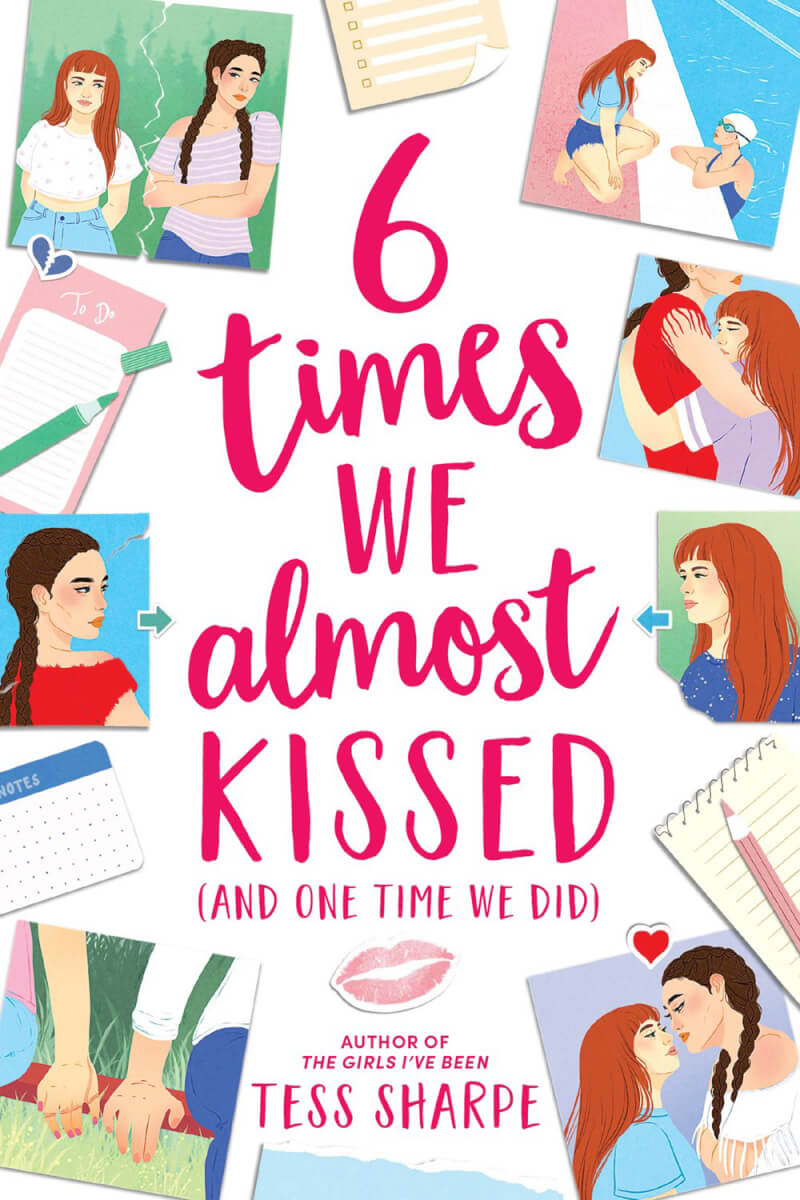Gem has always had strange dreams of a sexy, violent demon, but they never could’ve guessed they were seeing memories of their past life as a magical god. And they definitely never would’ve expected to learn about that past life from a beautiful girl claiming to be their soulmate. But when Willa Mae reveals that she and Gem are reincarnated deities, Gem must figure out how to deal with their newfound divinity while making a desperate escape from other gods who want revenge for past misdeeds.
H.E. Edgmon’s action-packed and thoughtful novel plunges readers into the epic and emotionally charged world of reincarnated gods who must deal with not only eons of enmity but also life in teenage bodies. Godly Heathens opens with a bloody vision of Gem participating in the torture of another god. But while the scenes of violence are striking, so are the depictions of the intimacy and love between characters. Although the animosity between them is rooted in millenia of hatred and revenge, none of the characters are purely protagonists or antagonists. Instead, Edgmon creates a complicated, multifaceted approach as Gem and the others wade through the moral grayness of dealing with their individual pasts while considering what it would take to break a cycle of hatred.
Edgmon develops diverse characters who bear centuries of varying identities and histories that impact—and clash with—who they currently are. Gem is nonbinary, trans and Native, and they also carry memories of their reincarnations’ identities. Other characters are sapphic, polysexual, Black and Indigenous, and they come from regions all across America and different religious backgrounds.
With a compelling plotline and cast of characters, Godly Heathens establishes an intriguing setup for the planned second book in the Ouroburos duology. Its depth in content and theme creates a profound story that will empower and inspire.






























